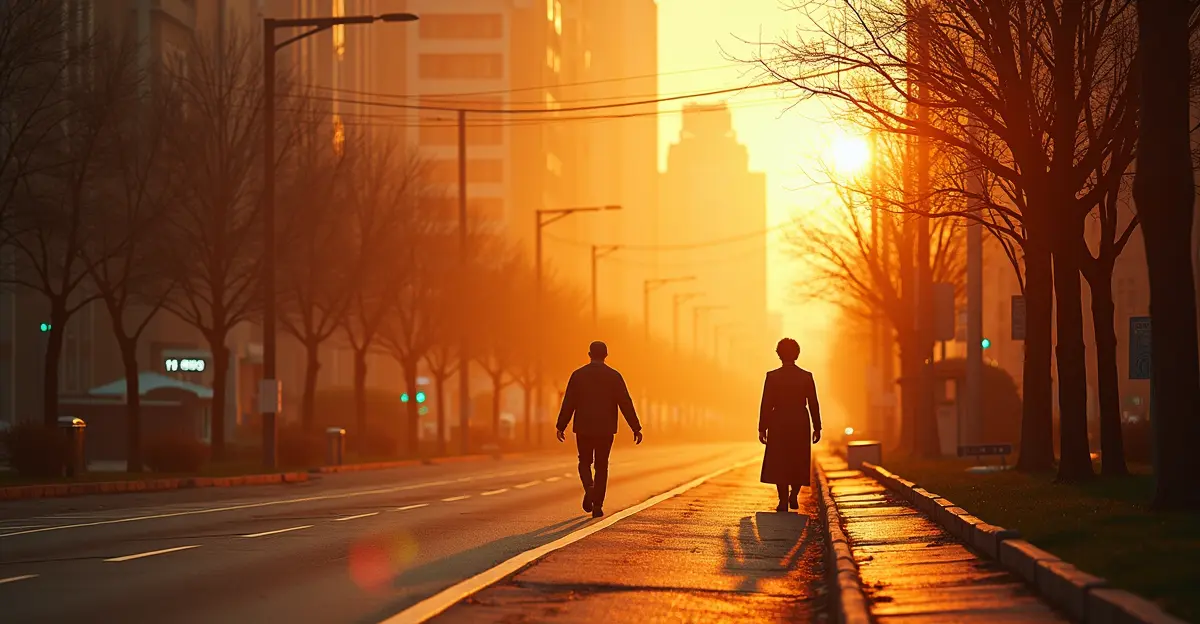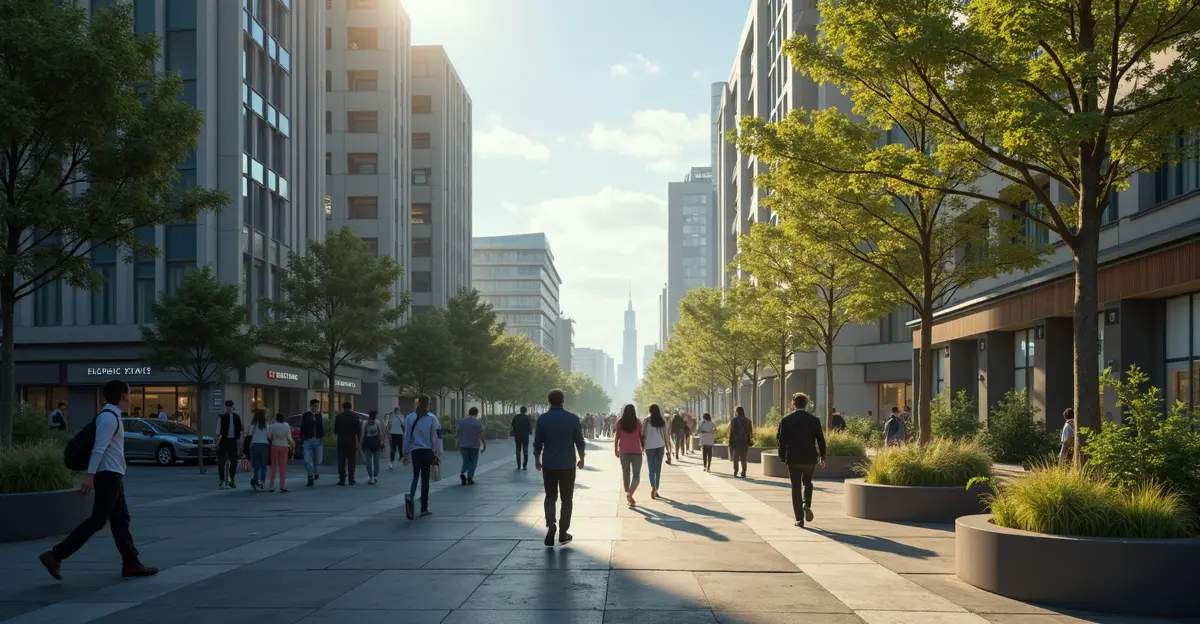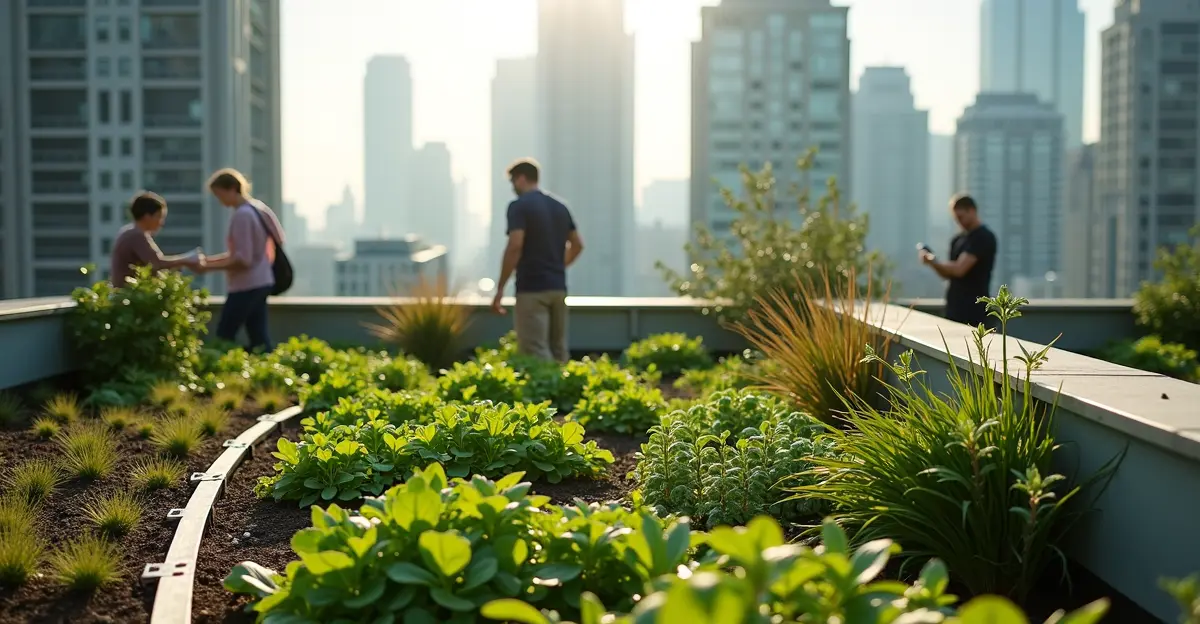Cities worldwide face intensifying urban heat island effects with temperatures up to 7°F warmer than rural areas, driving health risks and energy demands while prompting innovative cooling solutions.

The Growing Urban Heat Crisis
Major cities worldwide are experiencing increasingly severe urban heat island effects, with metropolitan areas recording temperatures up to 7°F (4°C) warmer than surrounding rural regions. This phenomenon, where urban environments trap and amplify heat, is creating dangerous microclimates that threaten public health, strain energy resources, and exacerbate climate change impacts.
What Causes Urban Heat Islands?
The urban heat island effect occurs when natural landscapes are replaced by buildings, roads, and other infrastructure that absorb and retain heat. Concrete, asphalt, and dark roofing materials act as thermal batteries, storing heat during the day and releasing it slowly at night. "We've essentially turned our cities into giant heat sinks," says Dr. Maria Rodriguez, an urban climatologist at Columbia University. "The combination of heat-absorbing materials, reduced vegetation, and waste heat from vehicles and buildings creates a perfect storm for elevated temperatures."
Health and Economic Impacts
Elevated urban temperatures pose serious health risks, particularly during heatwaves. Emergency room visits for heat-related illnesses increase dramatically in affected areas, with vulnerable populations including the elderly, children, and those with pre-existing medical conditions facing the greatest danger. The economic costs are substantial too—increased energy demand for air conditioning drives up electricity bills and can overwhelm power grids during peak usage periods.
Innovative Cooling Solutions
Cities are implementing various strategies to combat the heat island effect. Green infrastructure initiatives include planting more trees, creating urban parks, and installing green roofs that provide natural cooling through evapotranspiration. Reflective surfaces and cool pavements that reflect rather than absorb sunlight are gaining popularity. "We're seeing cities adopt cool roof programs where buildings are painted with reflective coatings that can reduce indoor temperatures by up to 10 degrees," notes environmental engineer James Chen.
Global Response and Future Outlook
From Singapore's extensive green building requirements to Los Angeles' cool pavement initiatives, municipalities worldwide are recognizing the urgency of addressing urban heat. Climate scientists warn that as global temperatures continue to rise, the urban heat island effect will become more pronounced, making adaptation strategies increasingly critical. "This isn't just about comfort—it's about survival," emphasizes urban planner Sarah Johnson. "Cities that fail to address their heat island problems will face serious public health crises and economic challenges in the coming decades."

 Nederlands
Nederlands English
English Français
Français Deutsch
Deutsch Español
Español Português
Português






